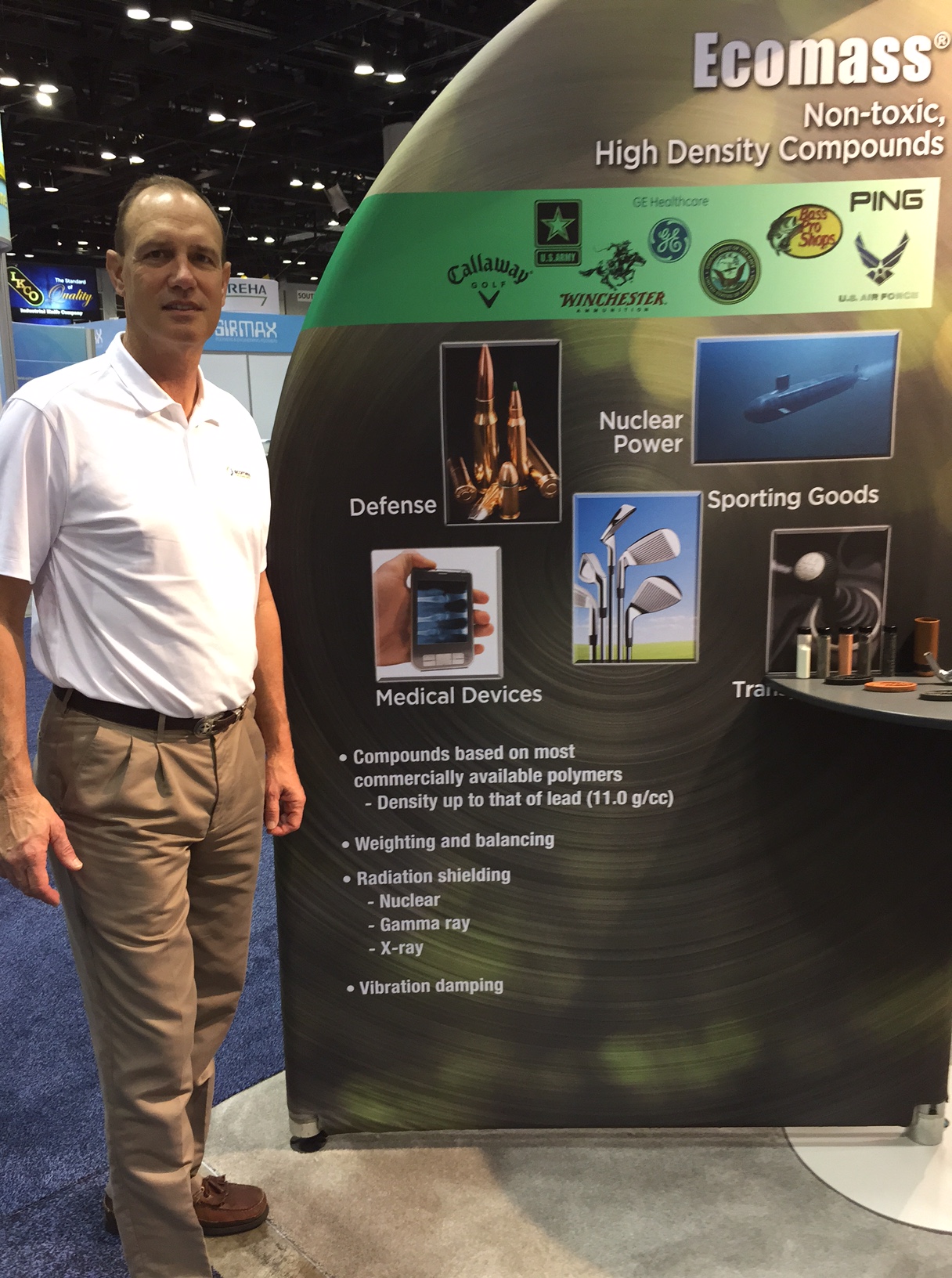Radiation shielding and magnetic shields could be the best form of protection for astronauts from radiation as they travel to Mars or explore new planets. Radiation in space usually comes from two main sources – high-energy particles that originate outside the solar system known as cosmic rays and low-energy protons which are emitted by the sun’s rays known as solar wind. Researchers believe that long-term exposure to these particles can significantly increase the risk of developing cancer.
Current science offers adequate protection from the low-energy protons of the sun in the form of thick spacecraft walls. However, the high-energy cosmic rays can actually interact with radiation shielding materials to create greater levels of radiation. A project funded by the EU known as SR2S is in the process of developing magnetic shields which can deflect the high-energy cosmic rays the way earth’s own magnetic shield protects the planet from cosmic radiation.
The Solution
The idea to use high gravity compounds and magnetic shieldswas first proposed by Wernher von Braun in the year 1969. He proposed using a superconducting magnet to create the shield and prevent cosmic rays from generating radiation.
Dr. Riccardo Musenich, the technical and scientific manager of SR2S, believes that “the magnetic field generated by a superconducting magnet surrounding the spacecraft would protect the crew”. This project is also the first to investigate the principles of magnetic shielding without compromising on engineering issues.
SR2S evaluates the feasibility of making these shields using superconductors, materials that do not have any electrical resistance, even at low temperatures, to solve the main problem associated with such shields – the desired weight of the magnet. Commonly seen in MRI scanners, these magnets can produce stronger magnetic fields despite their lighter weight, making them an ideal option for space vessels.
Limitations

Radiation shielding materials need to be cooled down to low temperatures with the help of helium in order to make use of their superconducting properties. However, the SR2S initiative plans to use MgB2, a material discovered in 2001, which can superconduct at -263 degrees C, removing the need for helium, as such temperatures can commonly be found in outer space.
A Habitat for Mars
Protecting the spacecraft sounds like an easy task, but offering radiation shielding in Mars might be another matter altogether. Mars has a weak magnetosphere and a thin atmosphere which means that astronauts won’t be safe from radiation in the planet. To address the challengs of radiation shielding in such an environment, researchers are looking at establishing self-deployable working and living space that include rigid sections to support life and robotic monitors and folding sections for workspaces. Versions of this habitat could also be used on earth, to offer shelter in areas hit by natural calamities or provide mobile laboratories which make it easier to live in the most inhospitable and inaccessible of environments.






0 comments:
Post a Comment